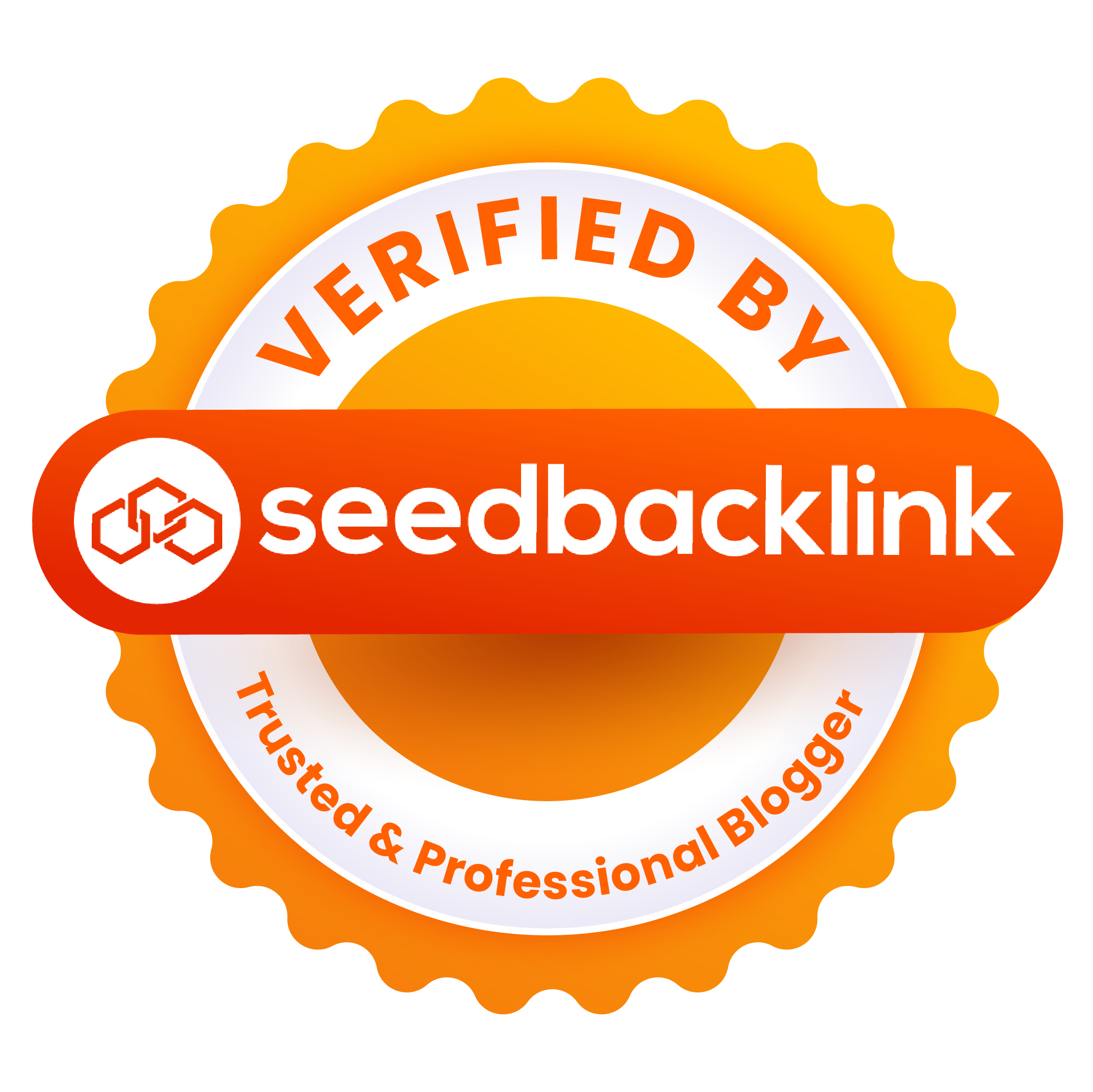
Introduction
According to Matt Davies Stockton, project portfolio management (PPM) software allows project management offices and professionals to optimize every part of their project portfolio while centralizing all the data into a powerful platform. Let’s check out the benefits of using project portfolio management software.
The Benefits
1. Task automation and productivity – As mentioned above, the main purpose of PPM software is to make things easier for Project Management Offices and relevant professionals. That’s why PPM tools come with project-oriented capabilities that save both time and money for project workers. For instance, good PPM software automates administrative tasks that eat up the time of project managers without adding significant value. Such tasks include sending reminders, formatting data, making calculations, and more.
2. Resource management – PPM software also allows project managers to effectively and efficiently deploy their organization’s resources. The goal is to ensure that machinery and equipment, funds, and skilled workers are allocated where they are most needed at the right time. These tools allow for the optimization of critical resources. Portfolio decision-makers and resource managers can check the availability of resources at a glance to make the right call. These tools also offer collaborative features that make interactions between resource managers and project managers smoother and accelerate the workflow tremendously.
3. Project selection and management – PPM tools optimize the management of new projects that are to be launched and incorporated into the organization. Project managers need to make sure that new projects initiated and selected by the organization can be absorbed by the available resources. However, that’s impossible when the firm doesn’t pick the right projects. PPM tools offer demand and idea management functions.
These tools deliver a standard framework for assessing the overall quality of various projects, allow project managers to assess if new projects are aligned with the organization’s strategic objectives, and are sound in terms of project execution and goal achievability. PPM software also offers Phase-Gate review capabilities that let you monitor additional checkpoints and even adjust the course of your active projects.
4. Risk management – Assessment of the potential ROI and overall value of a project should also be done simultaneously with an analysis of risk factors. If you can evaluate risks within each project, that can be used for determining overall confidence levels across the portfolio. PPM software offers automated techniques for contingency assessment and intelligent functionality that help project managers come up with the best risk response plans and risk mitigation strategies.
Apart from helping assess risks for every project, PPM software also helps portfolio managers to reassess risks due to certain external factors or changes in the project in the middle of execution. So even if the risk profile of projects changes, PPM software will always help you come up with a risk mitigation plan dynamically.
Conclusion
Matt Davies Stockton suggests that you start using project portfolio management software and use all the benefits it provides. However, it’s important to assess all your options and choose one that has all the features your organization needs at the right price.

